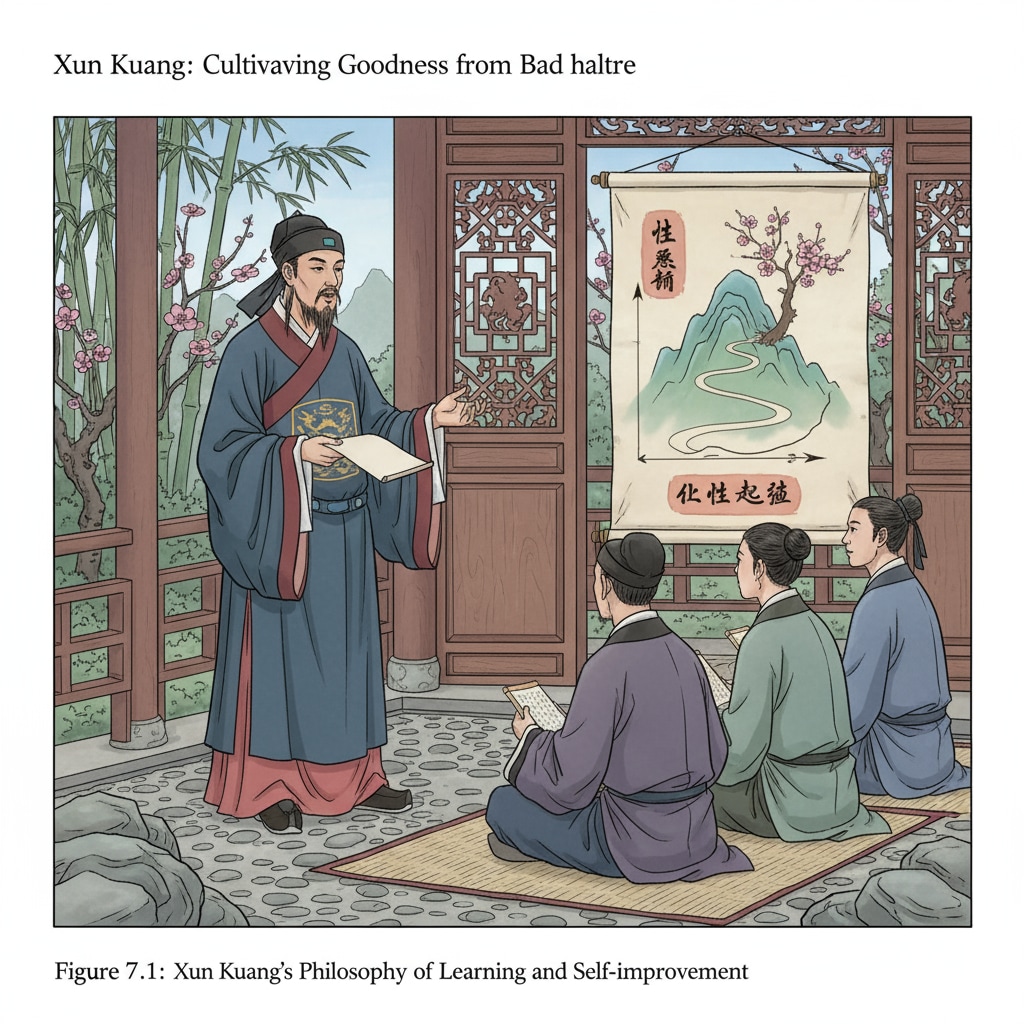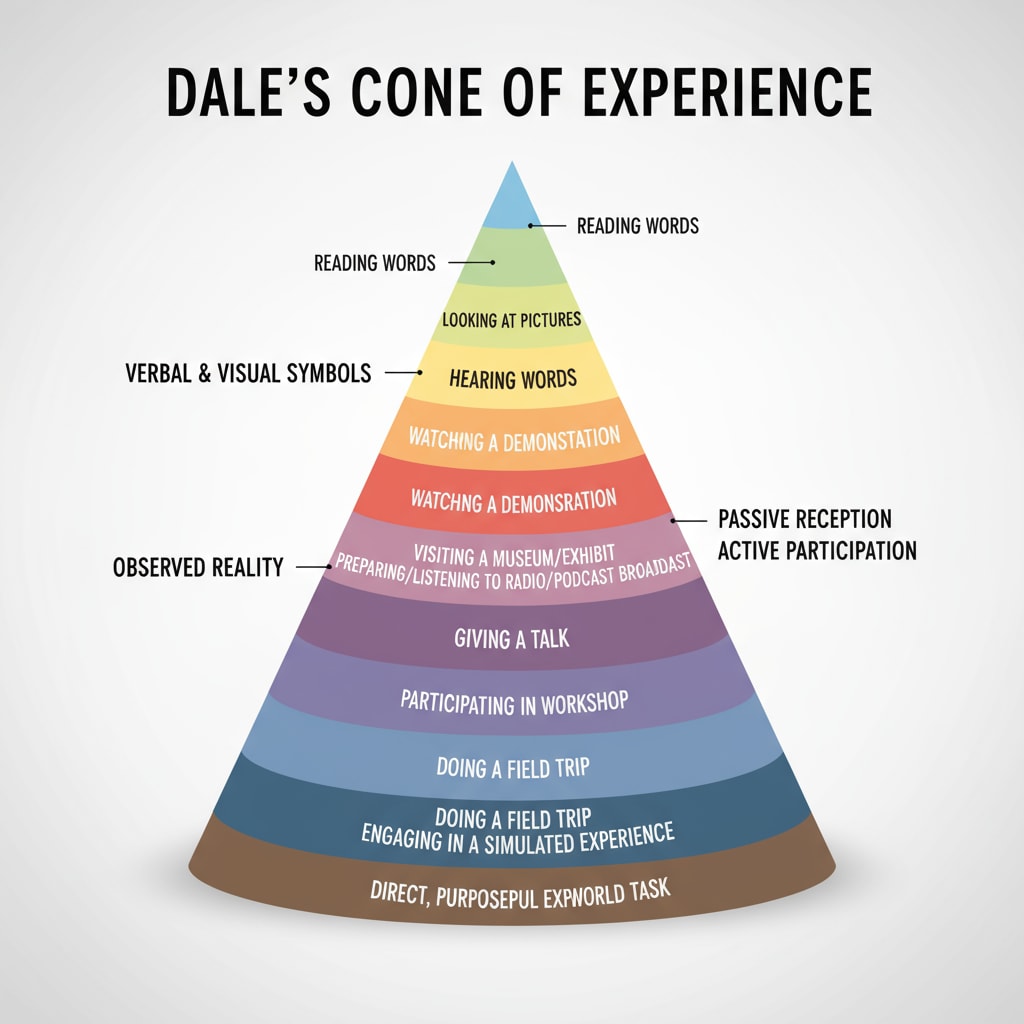Learning theories, Xun Kuang, cone of experience, and practical learning are concepts that have intrigued educators and learners for centuries. In the pursuit of understanding how we acquire knowledge most effectively, a comparison between ancient wisdom and modern educational models offers profound insights.
The Wisdom of Xun Kuang
Xun Kuang, a renowned Chinese philosopher, proposed a hierarchical theory of learning. He believed that learning is not just about passive reception of knowledge but involves active engagement. Xun Kuang emphasized that the highest level of learning is achieved through personal practice. For example, in his teachings, he encouraged people to not merely read about moral principles but to put them into action in daily life. This hands-on approach, according to Xun Kuang, is what truly solidifies knowledge in one’s mind. Xun Kuang on Wikipedia

The Modern Cone of Experience
The Cone of Experience, developed by educational scholar Edgar Dale, presents a visual model of learning. At the base of the cone are the most concrete and direct forms of learning experiences, such as doing an activity. As one moves up the cone, the experiences become more abstract, like listening to a lecture. Dale’s theory aligns with Xun Kuang’s in that it suggests that the deeper and more direct the learning experience, the more effective it is. For instance, students who engage in hands-on laboratory experiments retain knowledge better than those who only read about the experiments. Cone of Experience on Britannica

An interesting example that showcases the power of practical learning is the use of VR technology to explore Egyptian ruins. Instead of just reading about the architecture and history of ancient Egypt in books, students can now use VR to immerse themselves in the environment. This hands-on experience, whether it’s virtually walking through the pyramids or interacting with virtual artifacts, provides a much deeper understanding than passive learning methods.
In conclusion, the ideas of Xun Kuang and the modern Cone of Experience both point to the significance of practical learning. Whether in ancient times or today, true learning seems to occur when we move beyond passive reception and engage actively with the subject matter. This timeless wisdom should guide our educational practices and learning endeavors.
Readability guidance: Short paragraphs and lists are used to summarize key points. Each H2 section provides a clear set of ideas. The proportion of passive voice and long sentences is controlled, and transition words are used throughout to enhance the flow of the article.


